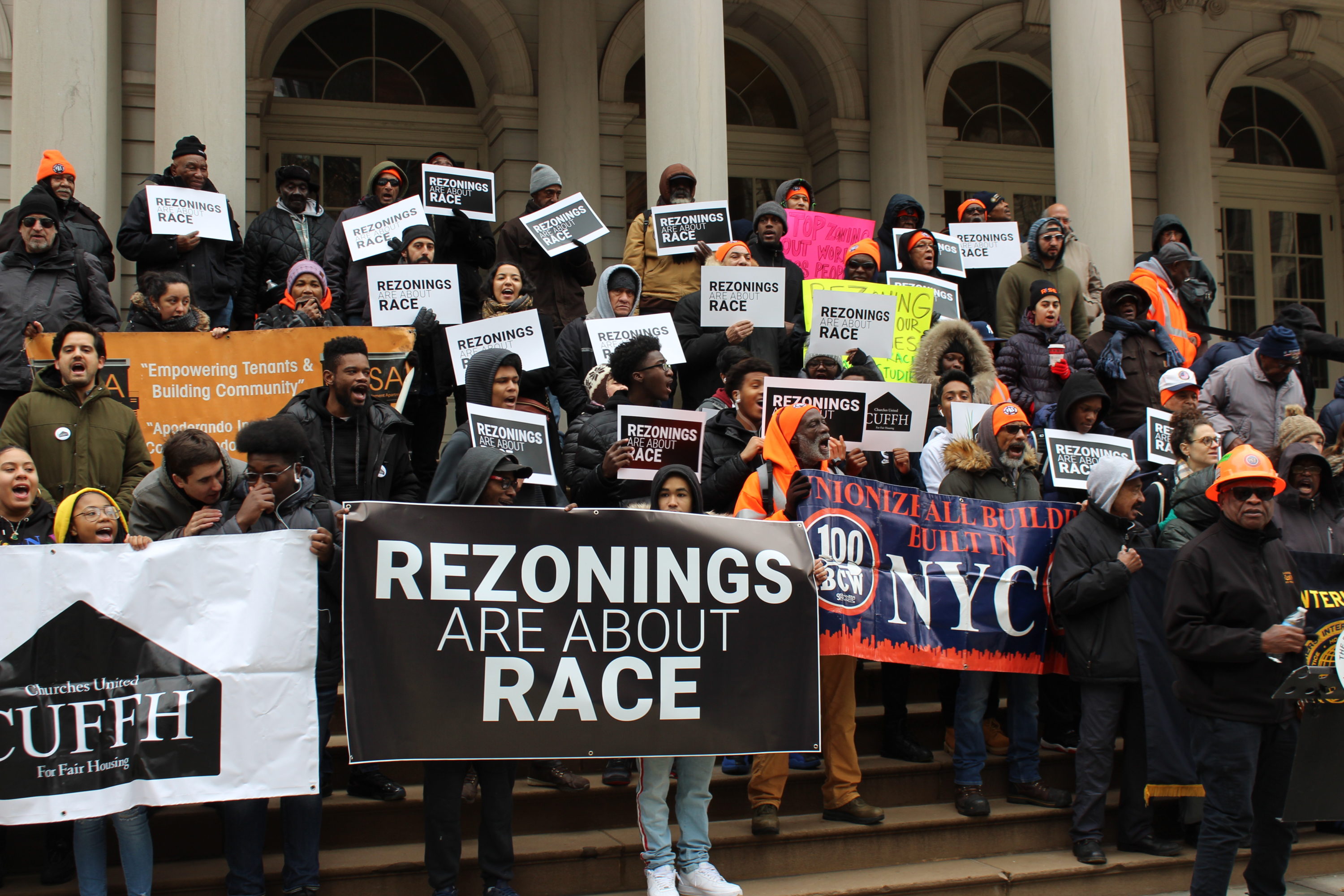City must study racial impact of rezonings, housing advocates say

Housing advocates and lawmakers rallied on the steps of City Hall Wednesday to demand the city do more to recognize the toll that large-scale rezonings take on communities of color.
Mayor Bill de Blasio’s administration has championed large, transformational rezonings in up to 15 low-income neighborhoods throughout the city. Since 2016, the City Council has approved six of the rezonings proposed by de Blasio, including one in East New York.
Public advocate Jumaane Williams said the city does not sufficiently assess the impact of the new zoning regulations on communities of color before beginning the land use process.

Brooklyn Boro
View MoreNew York City’s most populous borough, Brooklyn, is home to nearly 2.6 million residents. If Brooklyn were an independent city it would be the fourth largest city in the United States. While Brooklyn has become the epitome of ‘cool and hip’ in recent years, for those that were born here, raised families here and improved communities over the years, Brooklyn has never been ‘uncool’.